Rail network modernises to stay on track
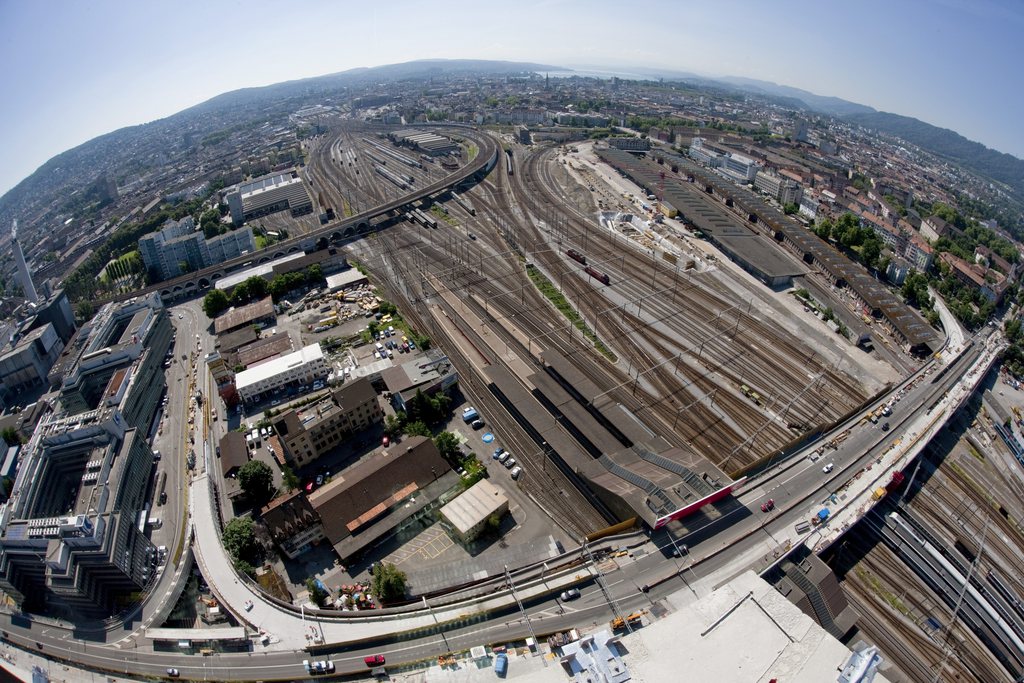
Sharp rises in passenger numbers, regular-interval timetables, busy regional rail networks and even a new role as shopping centre: confronted with new demands, Swiss railway stations are being rapidly transformed.
Every day some 3,000 trains travel to and from Zurich’s main station – one of the busiest in the world – and almost a million commuters and tourists jump on a Swiss train.
The federal authorities estimate that by 2030 passenger numbers will have risen by 45 per cent. As this upwards trend continues, with rush-hour crowds increasingly getting in each other’s way, more and more Swiss stations are reaching their capacity limits.
But the causes are not just growing numbers of passengers.
“Regular-interval timetables and the creation of rail hubs have sharply increased the number of times people change trains, which are concentrated in short periods of time, especially on the hour and half hour,” explained Ulrich Weidmann, a professor at the Institute for Transport Planning and Systems at Zurich’s Federal Institute of Technology.
“The well-developed rapid transit rail networks also put additional demands on stations. Another reason is the way stations are more and more used as shopping centres; people visit but they are not travelling anywhere.”
Railway stations in medium-sized and big cities have two things in common: they are generally situated in the centres and have grown constantly over the past decades.
“For years demand remained flat or increased just slightly. But over the past two decades it has risen substantially,” said Weidmann.
“Colossal step”
Over the next ten to 15 years the Federal Railways is carrying out extensive upgrading of Switzerland’s main rail hubs. Station buildings and platforms will be getting major facelifts and track space will be widened. Engineering work is planned in Bern, Basel, Lucerne and St Gallen.
Work has already started in Geneva and Zurich. The SFr2 billion ($2 billion) “Cross-city link” at Zurich’s main station is the biggest inner-city development project in Switzerland.
“Up to a certain point, you can get more and more out of a station with only just a few small changes. But you then reach a level where you have to take a huge step; this one is really quite colossal,” said Weidmann.
The train journey from Bern to Zurich takes just 56 minutes, faster than any other means of transport. Trains arriving at Zurich station before travelling on to the airport and St Gallen have to wait nine minutes at the platform before reversing out of the station in the same direction they came. But thanks to the new cross-city link, intercity and regional trains will now be able to save time rather than having to hang around at the terminus station.
The cross-city line is essentially three projects: the Weinberg tunnel, which trains will travel through without stopping towards the northern suburb Oerlikon; a new underground station 16 metres below the main railway tracks; and two bridges in the west, which will be parallel to the tracks and at a 90-degree angle to the existing road bridges.
Twenty metres high, over 1.5 kilometres long and supported by 30 pillars, the bridges will have a major impact on the city and offer spectacular views for passengers.
French-Swiss connection
In the west of the country Geneva’s Cornavin railway station, which welcomes some 500 trains a day, is also being radically altered. And by 2017 a century-old plan to create a 16km rail link known as Ceva, between Geneva and the French border town Annemasse, should be realized.
“When the Ceva rail link is operational, Cornavin’s tracks will reach their capacity,” explained Federal Railways spokesman Reto Kormann.
By 2030 the state-run company expects rail passenger capacity to double between Geneva and Lausanne.
“So we’ll need not just more trains but also longer platforms,” said Kormann.
Cornavin opposition
The Federal Railways wants to widen Cornavin station to accommodate two additional tracks and one platform. Engineering work is scheduled to start in 2020 at the earliest.
But local residents, up in arms over threats to 150 homes, say they intend to fight the plans. They are demanding a solution that would involve digging a tunnel and extending track capacity underground.
However, the company rejects this proposal, arguing that tunnel work would cost SFr1.9 billion instead of SFr900 million for the above-ground extension.
Meanwhile, work has already started on renovating the listed Cornavin railway building. The facades are being done in two phases; the first stage ended in August 2011 and the second should be completed by the end of 2013.
The objective is to then modernise the building interior.
“It is no longer up to date and not properly adapted to the future passenger projections,” said Kormann.
The Swiss are the world champions when it comes to taking the train – last year they travelled on average 2,422 km per person by rail, according to latest figures of the Swiss Information Service for Public Transport. These drew on International Union of Railways figures for 2008.
This is 300km more than in 2007. Only the Japanese come close to the Swiss total at 2,010km, with France in third place at 1,377km. Trains are least used in Lithuania at only 112km per person in 2008.
The Swiss top the European list in terms of number of times the train is taken, at 50 times per annum. The Japanese lead the world rankings at around 70 times a year.
Around 9,000 trains travel the Swiss Federal Railways network every day. 1,000 trains arrive at and depart from major stations daily and heavily used track sections count 500 trains a day.
The Federal Railways says its network has the highest density of traffic in Europe. Nevertheless, it says that 19 out of 20 passenger trains arrive at their destinations within four minutes of the scheduled time.
Passenger and goods traffic use the same rail network, which suffers from bottlenecks. This is especially the case in Bern, Basel and Zurich as well as on the Olten-Zurich-Winterthur, the Lausanne-Geneva lines and approaches to the new north-south Gotthard rail tunnel.
(Translated from German by Simon Bradley)

In compliance with the JTI standards
More: SWI swissinfo.ch certified by the Journalism Trust Initiative
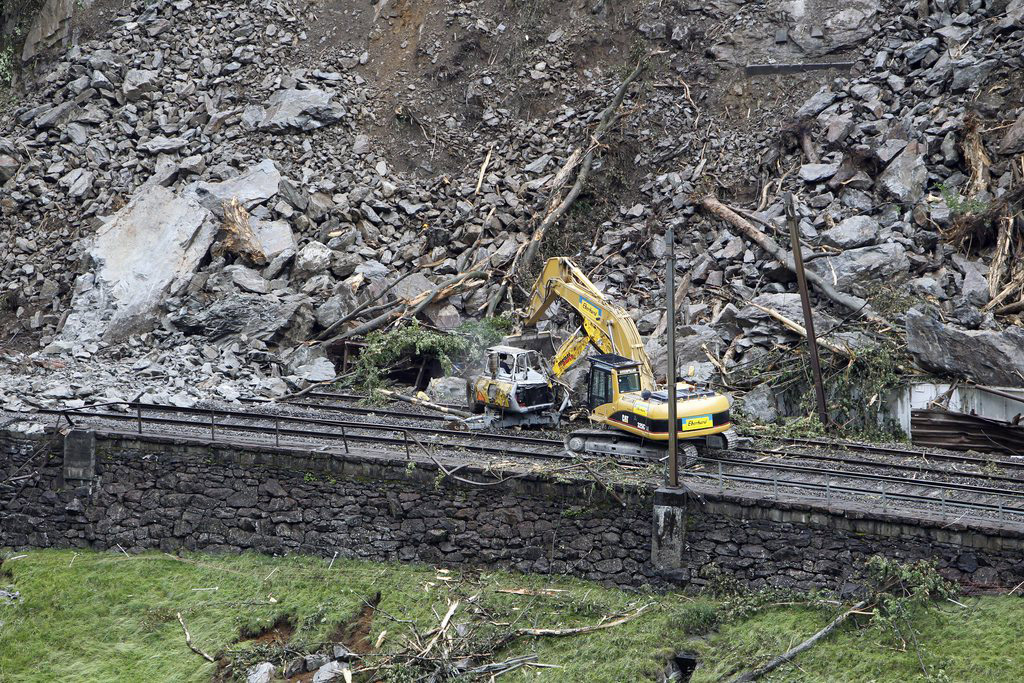
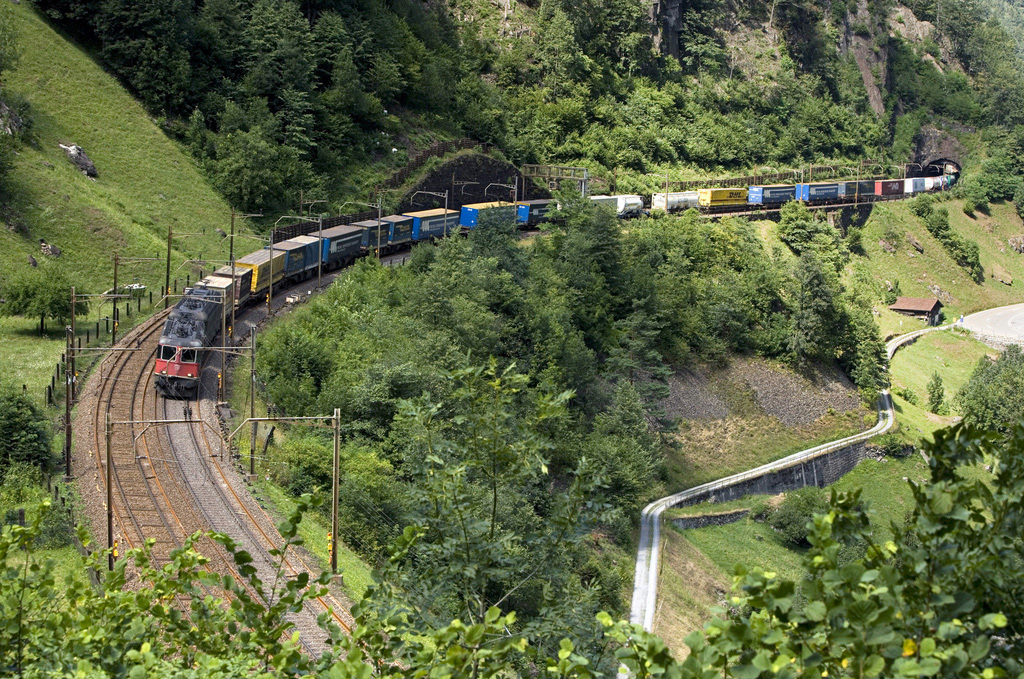
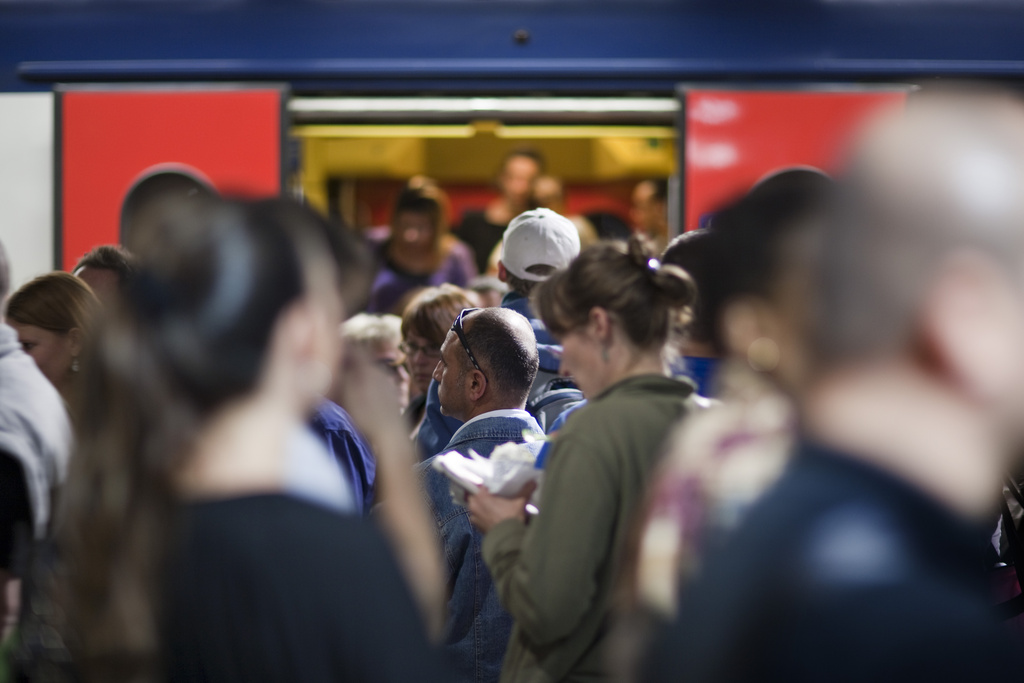
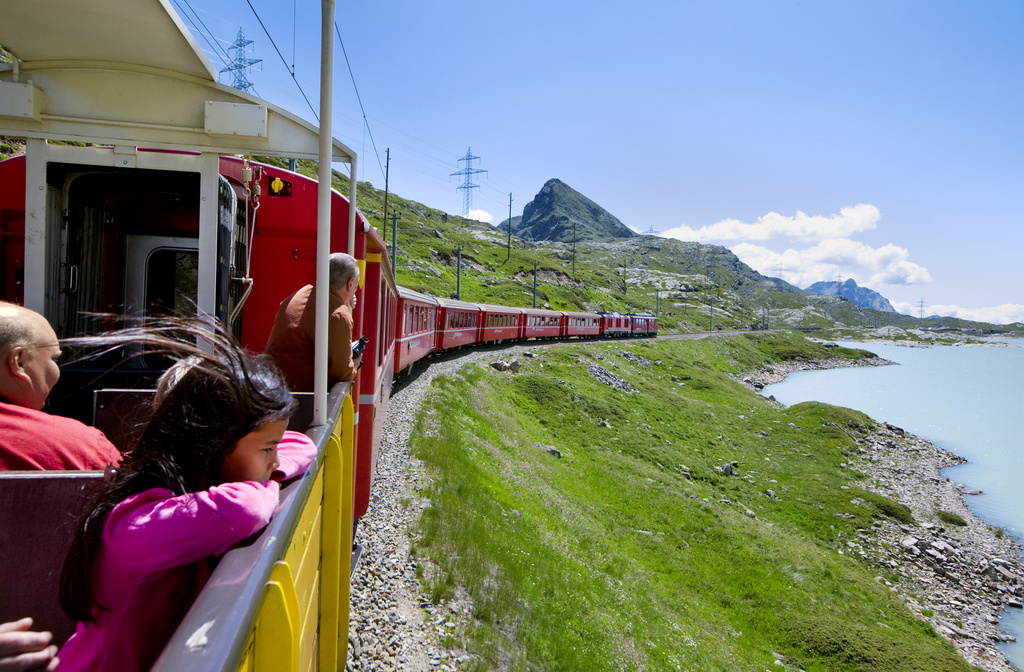
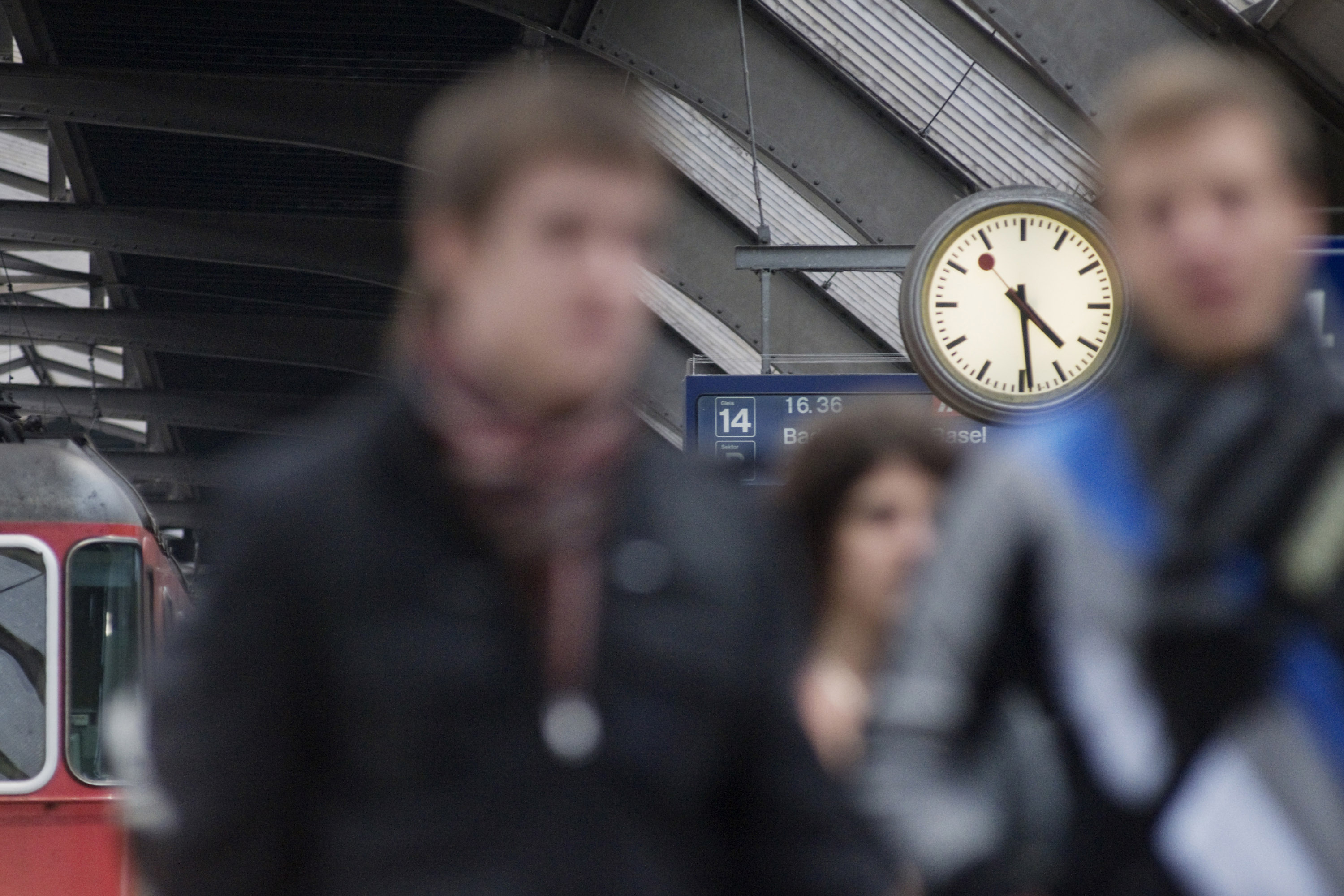
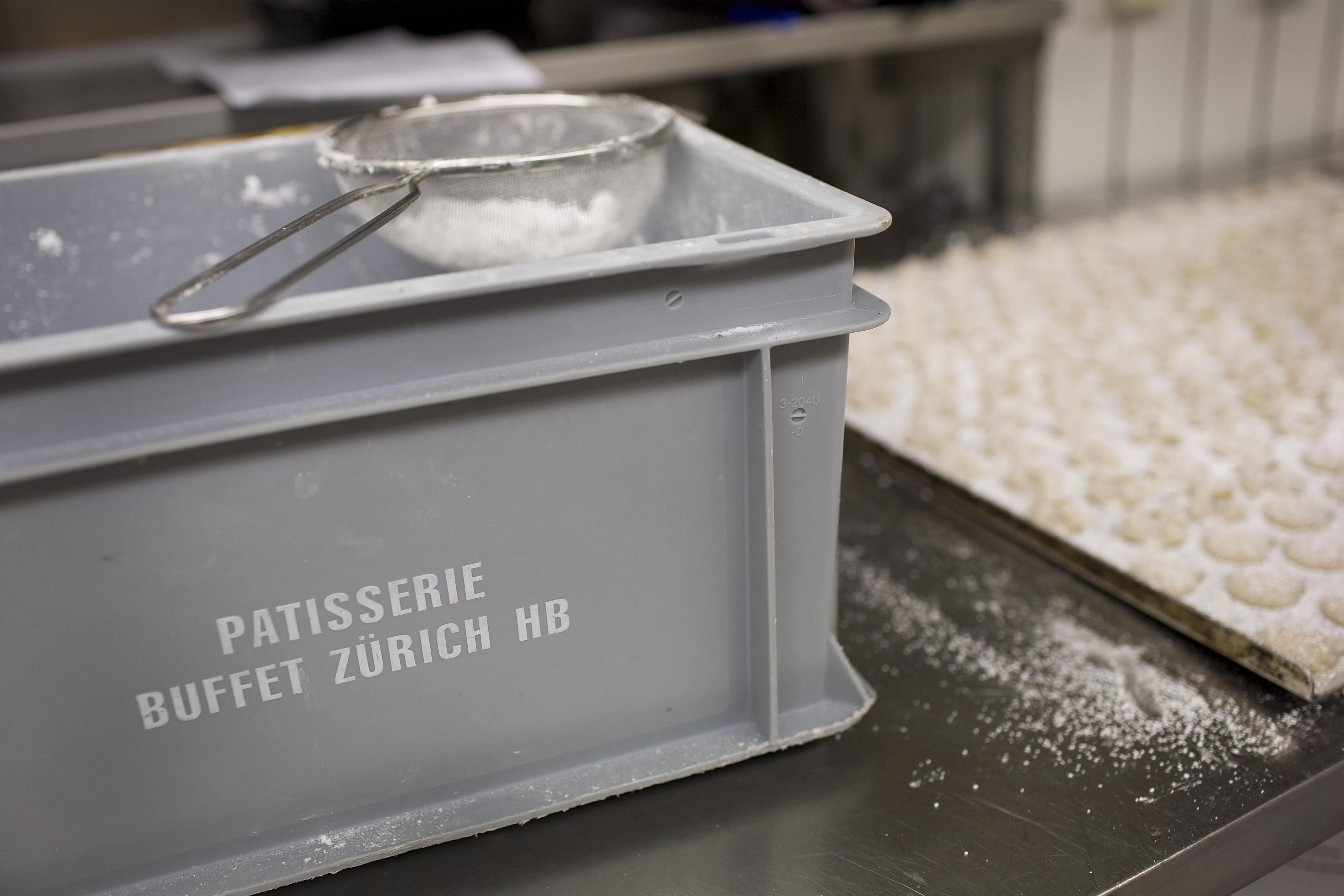
You can find an overview of ongoing debates with our journalists here. Please join us!
If you want to start a conversation about a topic raised in this article or want to report factual errors, email us at english@swissinfo.ch.